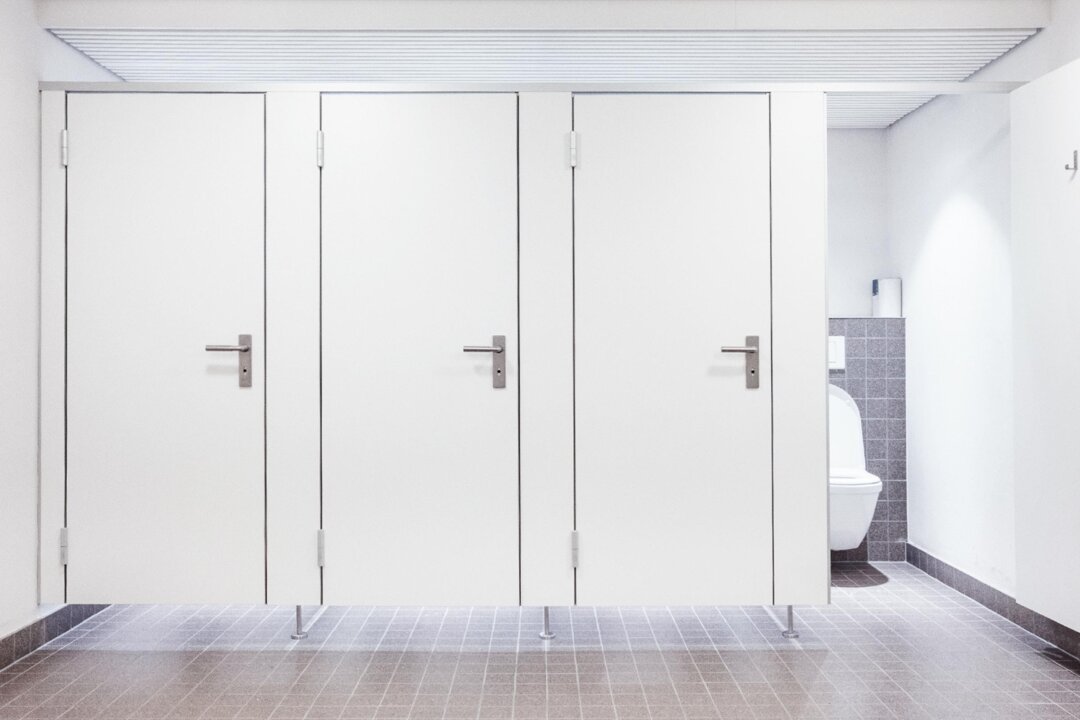Concerns regarding public toilet seats often evoke fears of dangerous germs and the potential for disease transmission. Recent insights from dermatologists and microbiologists challenge these beliefs, indicating that while restrooms can contain pathogens, toilet seats are not typically the primary source of risk.
Dr. Chen Wei-di, a dermatologist based in Taiwan and a member of the American Academy of Dermatology, explained that while bacteria can be present on toilet seats, most are harmless to humans. “These microorganisms usually only cause disease under specific conditions,” he stated in an interview with The Epoch Times. This viewpoint is supported by other health professionals, who emphasize that the most significant health threats in public restrooms often stem from other surfaces or airborne particles released during flushing.
Understanding Bathroom Pathogens
Though the risk from toilet seats is minimal, certain pathogens can survive in bathroom environments. For instance, Dr. Huang Huilun, an attending physician at Ton-Yen General Hospital in Taiwan, identified that parasites such as pubic lice and scabies can theoretically exist on toilet seats, posing a risk of transmission. Additionally, common molds, such as tinea cruris and tinea corporis, may also survive in these areas.
A study published in 2024 in the journal Scientific Reports highlighted the widespread presence of Clostridium difficile in restroom air following a toilet flush. This bacterium is known for causing inflammation of the colon, making it a notable concern for public health.
Gastrointestinal viruses also represent a significant threat in public restrooms. According to Dr. Chen, viruses like norovirus primarily adhere to frequently touched surfaces, including flush handles, door handles, and faucets. These viruses can enter the body through hand contact, leading to potential health issues.
Common Bacteria and Their Risks
Human waste can carry harmful bacteria, such as E. coli and Salmonella. Flushing a toilet can create microscopic droplets that disperse these pathogens into the surrounding air. Both bacteria are primarily transmitted via the fecal-oral route and can lead to gastrointestinal illnesses, most notably diarrhea.
A long-held fear surrounding public restrooms is the possibility of contracting sexually transmitted diseases (STDs) from toilet seats. Experts categorically dismiss this concern, affirming that the risk of transmission in this manner is virtually nonexistent.
While public restrooms can harbor various pathogens, the consensus among health professionals is clear: toilet seats are not the primary culprits for disease transmission. Instead, awareness of hygiene practices and touching surfaces that are frequently used are more critical in mitigating health risks associated with public restrooms.








































































